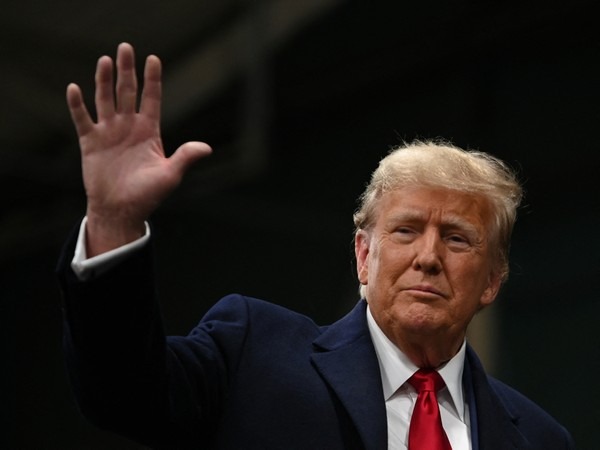Trump's Economic Gambit: Balancing Growth and Deficits
Donald Trump plans to retake the White House with an agenda that includes broad tariffs, immigration restrictions, and tax cuts. Analysts predict short-term economic growth but warn of growing deficits, weaker workforce growth, and potential inflation. His policies could profoundly impact the U.S. economic trajectory.

Donald Trump, the U.S. President-elect, is poised to return to the White House with a bold economic strategy involving import tariffs, immigration curbs, and substantial tax cuts. While analysts anticipate a short-term economic uplift, concerns loom over rising budget deficits, slower workforce growth, and increasing inflation.
Trump, who defeated Democratic Vice President Kamala Harris in the recent election, inherits an economy that has notably outperformed global peers under outgoing President Joe Biden. Trump's proposed policies, if enacted, could dramatically alter this trajectory, leveraging his 2017 tax cuts while pushing for new exemptions on Social Security, tips, and overtime income.
Oxford Economics forecasts a sharp economic growth in the mid-2020s if Congress backs Trump's fiscal plan. However, trade and immigration constraints could eventually decelerate growth. With potential tariffs raising costs and immigration limits reducing workforce expansion, inflation may surpass the Federal Reserve's targets, complicating future monetary policy.
(With inputs from agencies.)
- READ MORE ON:
- Trump
- White House
- economy
- tax cuts
- tariffs
- immigration
- deficit
- inflation
- economic growth
- policy
ALSO READ
China Considers Currency Strategy Amid Trade Tariffs Pressure
China's Strategic Currency Maneuvers Amid Possible Trump Tariffs
China Prepares for Potential Trump Tariffs with Yuan Strategy
China's Yuan Strategy Amidst Trump's Potential Tariffs
India's Trade Challenge: Balancing Tariffs and Competitiveness










